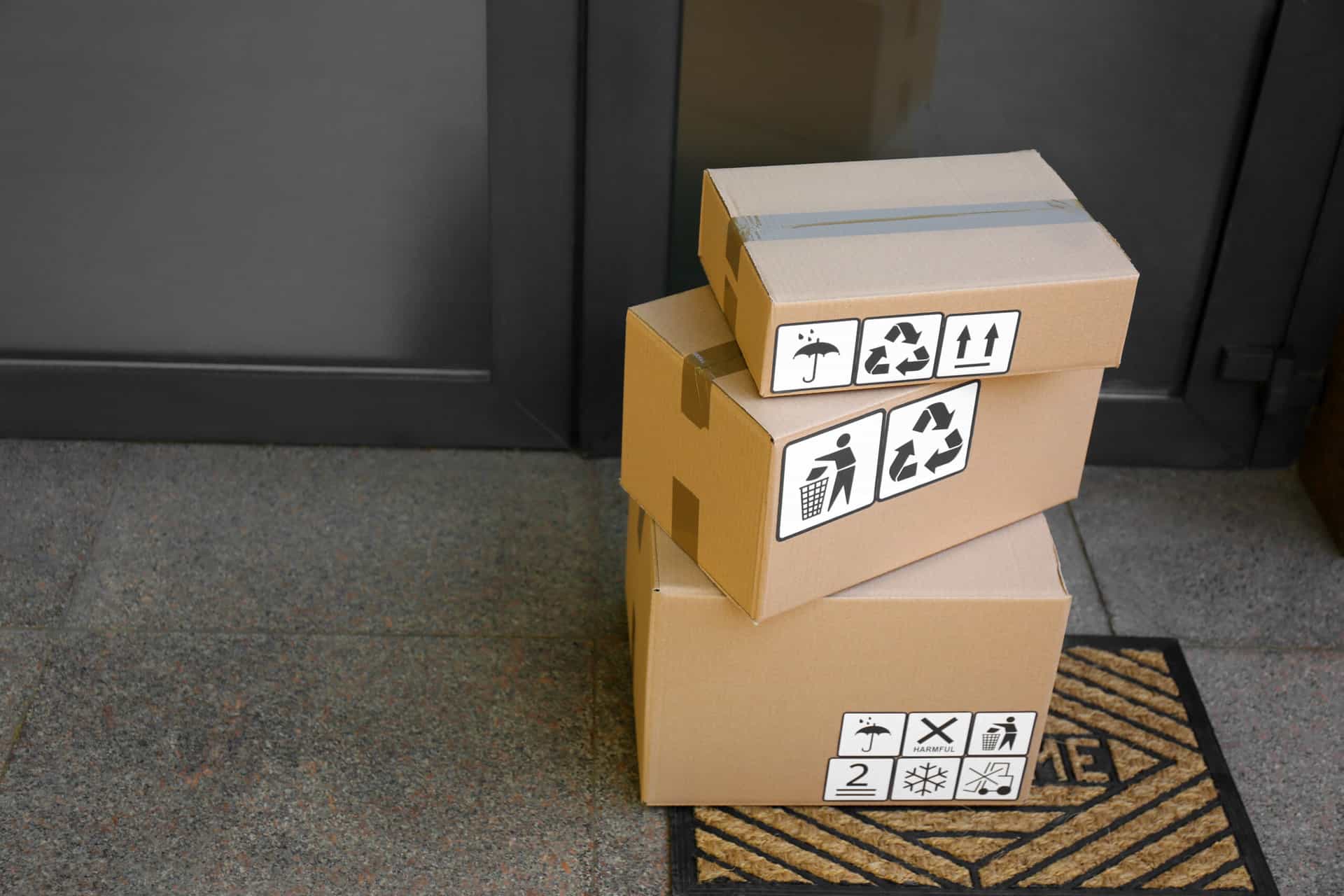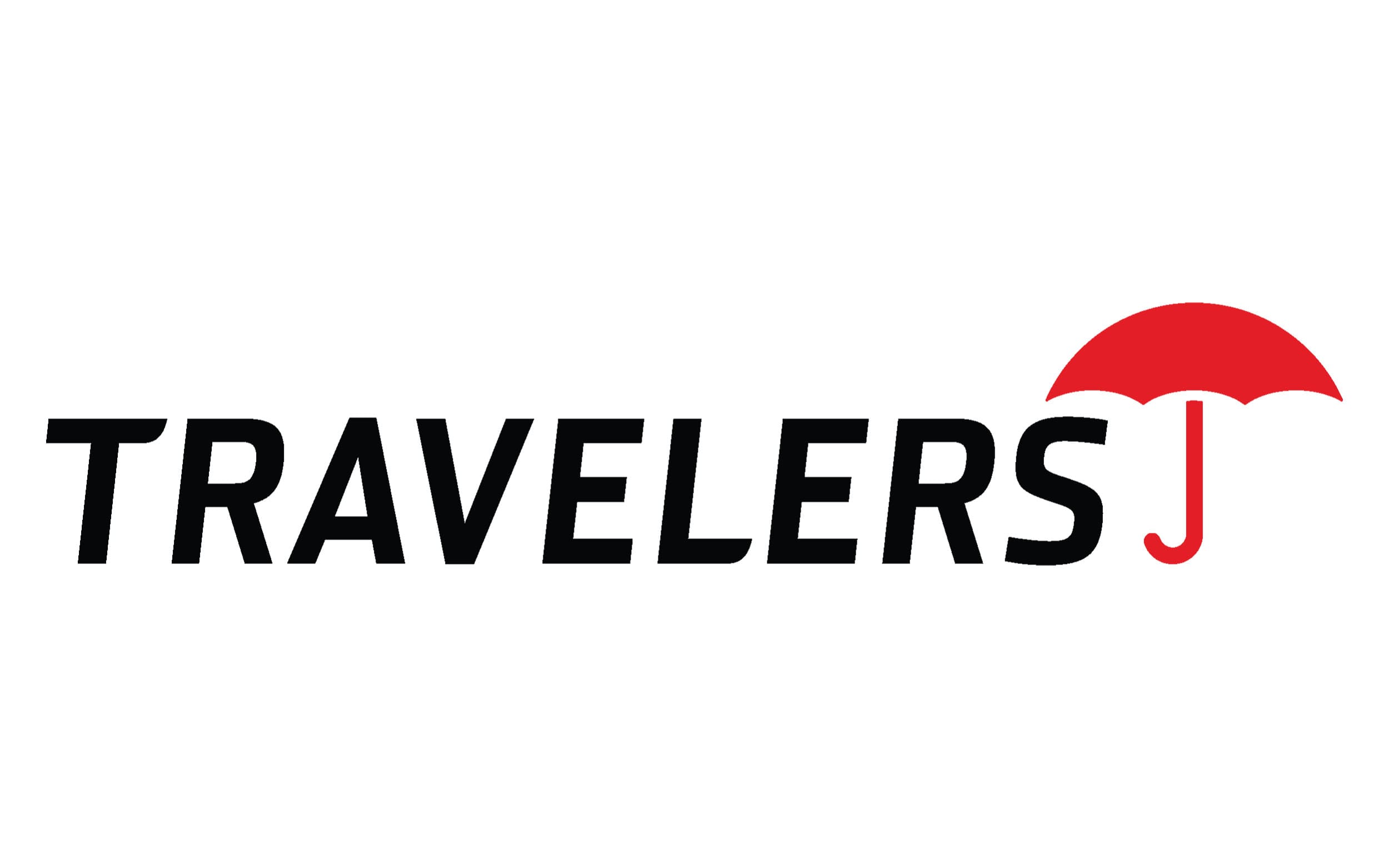Does home insurance cover packages?

The personal property coverage section in a homeowners insurance policy will, depending upon limits, pay for the replacement or repair of your personal belongings when they are damaged or stolen as well as some surprising losses. The most common claims involve damage from an external event such as a fire, but loss from package theft is typically covered as well.
Covered items will also include packages that were delivered to you or your family which are stolen from the porch or after being placed inside your home. Often these may not be expensive items so beware that unless the package is valued higher than your deductible limits, there will not be a monetary recovery from your insurer. The standard deductible amount for home insurance is between $500 and $1,000.
In 2020, it was reported that 1.7 million packages were stolen or lost every day. There are a wide variety of precautions that can be taken to reduce the risk that you will be a theft victim. While theft risk in your area can have an impact on the cost of your homeowners insurance policy, having the right coverage in place to protect yourself financially is a recommended safeguard.
When is Package theft not covered?
While most homeowners insurance policies cover loss from theft, there are factors that can limit recoveries. Of course, personal property limits and deductibles will dictate coverage but there also can be problems in valuations of very expensive items. There can also be disputes with your home insurance company about paying the full replacement cost of a stolen item.
Additionally, it is important to understand the reporting requirements in a policy. Most homeowners policies require that the homeowner report a theft or other loss within a certain period of time from the discovery of the loss. Failure to do this may result in the denial of an entire claim.
Theft limits
Though homeowner policies vary, most do specifically provide coverage for lost, stolen or damaged precious items such as jewelry, high end watches, furs, firearms, fine wine and antiques. Be careful, however, since there are also typically standard limits which apply to certain of these. For example:
Jewelry – it is not uncommon to see a limit of $1,500 for jewelry which in many cases would not come close to addressing a total loss of these items.
Items with sentimental value – Wedding rings, fine silverware and other items which carry a particularly personal value beyond the cost will not be fully protected.
Collectibles – baseball cards, coins and stamps will typically not be fully covered for the true value without additions to the standard homeowner policy.
Cash and jewelry theft
Cash and jewelry are two items that concern insurers, in part because it is often easy to make a claim without supporting documentation or evidence. For example, it is difficult to know how much cash someone has on hand and many people have a great deal of jewelry that can be worth a significant amount. For these reasons, the recovery for the loss of these items is typically specifically limited in the policy. For cash, the amount can be as low as $200 in some cases.
Understanding just what your policy does cover if these items are stolen may help guide your discussions with an agent regarding your policy. If it is a concern, ask about increasing your limits for both items and other high value items, prepare a schedule and discuss a specific endorsement or floater to cover the items per that schedule.
Who is protected from theft in your homeowners insurance policy?
In most cases, you and your family are covered in the event items are stolen from your home or packages are taken from your front porch, although not all losses may be worth filing a claim over.
It is also possible that a homeowners policy will cover the stolen personal property of guests you have invited to your home. Most policies also cover injuries and losses to you while away from home though there are certain limitations you should speak to your insurer about.
Other ways to protect yourself from theft
In addition to taking common sense steps to secure your home, like locking doors and windows and using automated lighting when away, there are a number of ways to tailor your home insurance policy to better financially protect yourself in the event of theft. If you are in possession of valuable items, it may be necessary to schedule these items and develop a specific policy strategy to ensure they are protected to their full replacement value. Also pay close attention to the limits offered in your policy. If they are not sufficient, they can be increased.
Increase coverage limits
Typical homeowners policies make limited or no accommodation for coverage for unique and high value items. A standard policy will usually include a contents coverage limit based upon some percentage of the valuation used for the home itself. This likely will not satisfy your needs in the event of a significant loss of personal belongings. For what is generally a relatively modest premium increase, a homeowner may be able to increase the limit on personal belongings without significantly impacting the overall policy premium or the coverage amount for the home itself.
Schedule high-value items
Conducting an inventory with pictures of all high-value items is always recommended. For very valuable items get an appraisal. Include with this schedule as much detail and documentation as you can which supports the true replacement cost of the items. For an extra cost, you can add a Scheduled Personal Property Endorsement to your policy which designates the amount of recovery in the event of the loss, damage or theft of the high-value item.
Install home security devices to avoid Package Theft
There are many different security devices on the market that can help deter thieves and prevent theft. Of course the best way to prevent theft is to make theft more difficult. Some examples that may help include installing:
Automatic flood lights — Positioned strategically in a yard, these devices are triggered by movement and offer an excellent deterrent.
Door cameras — Ever-growing in popularity, door cameras capture a package thief on camera and at the same time alert the homeowner who can verbally warn the thief or call the police.
Security system — The best of these are linked directly to a security company or the local police department and can initiate a response when a break in is detected.
In conclusion, home insurance can provide coverage for package theft, however it is always better to prevent rather than having to rely on insurance. This is why it is recommended that you protect your packages by making sure they are either locked away or given to your neighbor when you are not at home. Furthermore, you can also discuss the option of signing up for delivery notification service with postal companies so you’ll never be surprised about a missing package again. If in doubt about how your policy covers Package Theft, don’t hesitate to contact us and review your policy. We want all of our customers to stay safe and get the best protection!
Embrace the advantage
Be the first to receive exclusive news, tips, and discounts straight to your inbox. Don't worry, we don't spam.
Get Started Today!














